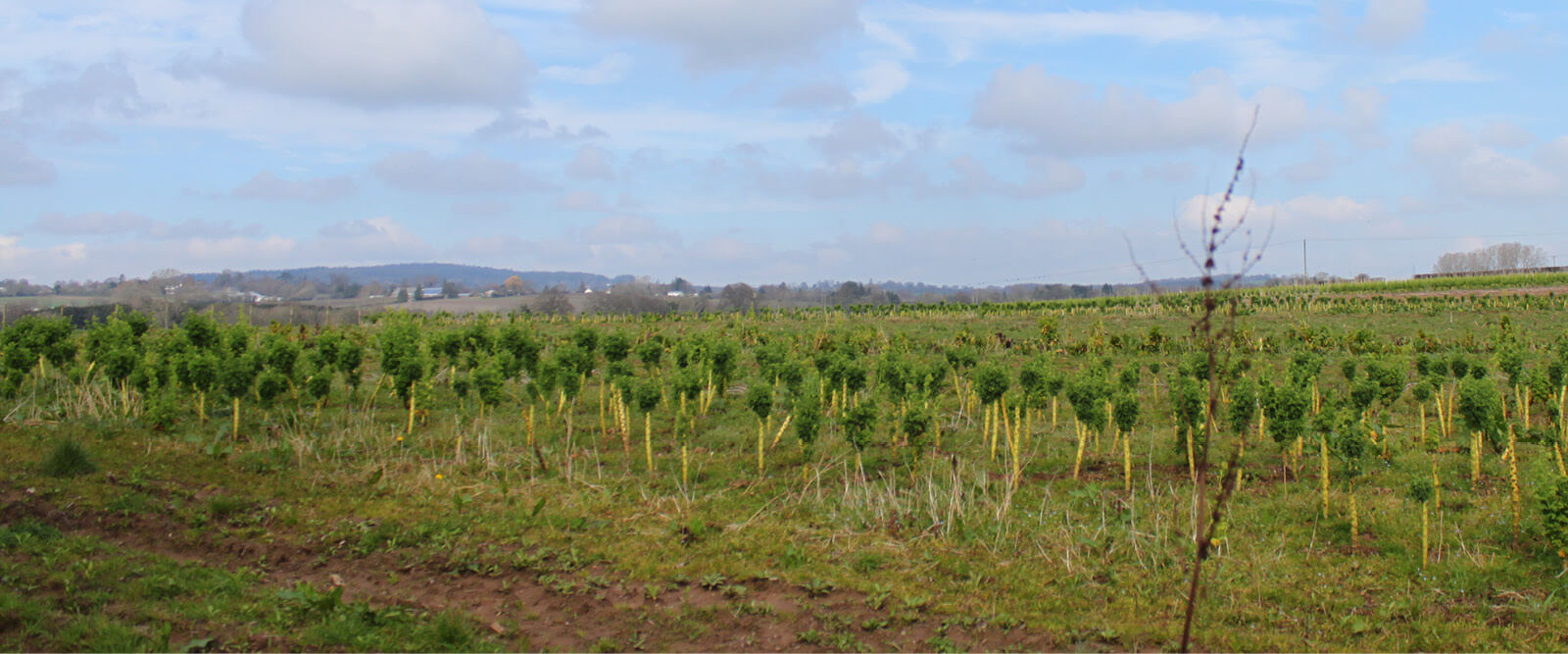Climate action: Our carbon reduction targets

What is the Science Based Targets initiative?
When it comes to reducing our carbon emissions, we want to achieve meaningful, long-term change. So in September 2021, we signed up with the Science Based Targets initiative. The SBTi was created to help lead the way to a zero-carbon economy by supporting corporate climate action.
We’ve now joined over 1,800 companies worldwide that are committed to reducing their carbon emissions in line with the target set out in the Paris Agreement. The target is to avoid exceeding global warming by more than 1.5°C, compared to pre-industrial temperatures. But we’re determined to go one step further.
As our Head of Sustainability, Stef, explains: “Later this year, we’ll be deepening our commitment by publicly pledging our carbon reduction targets.”

How are carbon emissions measured?
These targets, pledged directly to the SBTi, will include each of the three scopes in which carbon emissions are measured:
• Scope 1 emissions are emissions from any owned or controlled sources – an example would be the fuel that our vans use.
• Scope 2 emissions come from the generation of purchased energy, like electricity.
• Scope 3 emissions are all other emissions that occur in the value chain. This includes things like our waste, water usage and packaging.
“Scopes 1 and 2 are often referred to as ‘direct emissions’, as these are outputs that a business has direct control over,” explains Stef. “Whereas scope 3 are said to be ‘indirect emissions’. But scope 3 typically accounts for at least 80% of a business’ total carbon footprint, so “it’s crucial that we commit to reducing our carbon emissions across all three scopes.”

How will we achieve this?
We’ve already been working hard behind the scenes to reduce the carbon emissions that are directly within our control. In May 2020, we switched to renewable energy, and we’re currently rolling out a new app for our drivers, which will help to reduce the amount of paper we use.
“We’ve also just launched our new Meat-Free Meal Kits,” says Stef, “making it even easier to choose the lower-carbon option of less meat for dinner. Each of these delicious, veggie or vegan creations serves up 63% less carbon on average, compared to their meat-based counterparts. So they’re a great way to reduce your personal carbon footprint.”
But for our targets to be recognised by the SBTi, we’ll also need to commit to ambitious carbon reductions in all three scopes by 2030.
“This will entail reducing both our fleet-related emissions and our consumption of other resources, but we’ll also be working closely with our farmers and suppliers to help them decarbonise their operations,” explains Stef. “This could be through using electrically powered transport, minimising packaging or switching to renewable energy.”

Published November 2021
You can find out more about all of our key commitments, from reducing our carbon emissions to fighting food waste, over at our Sustainability Hub.


